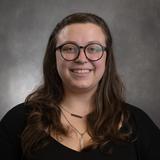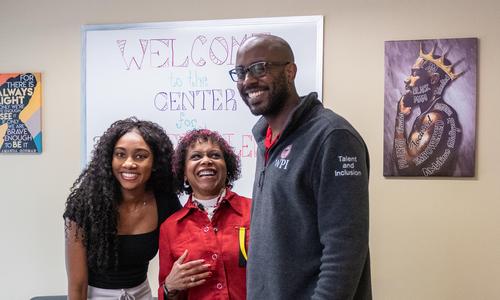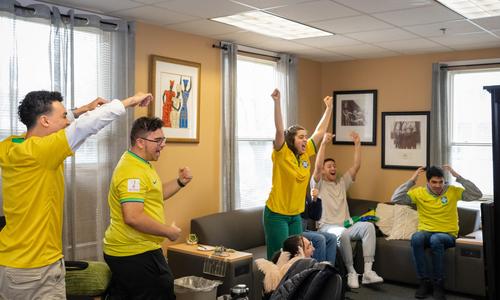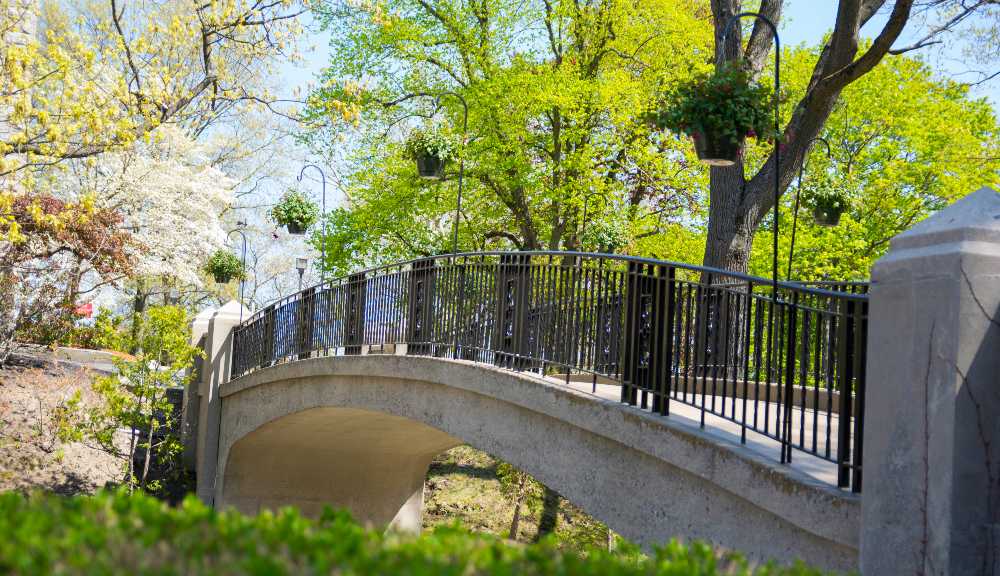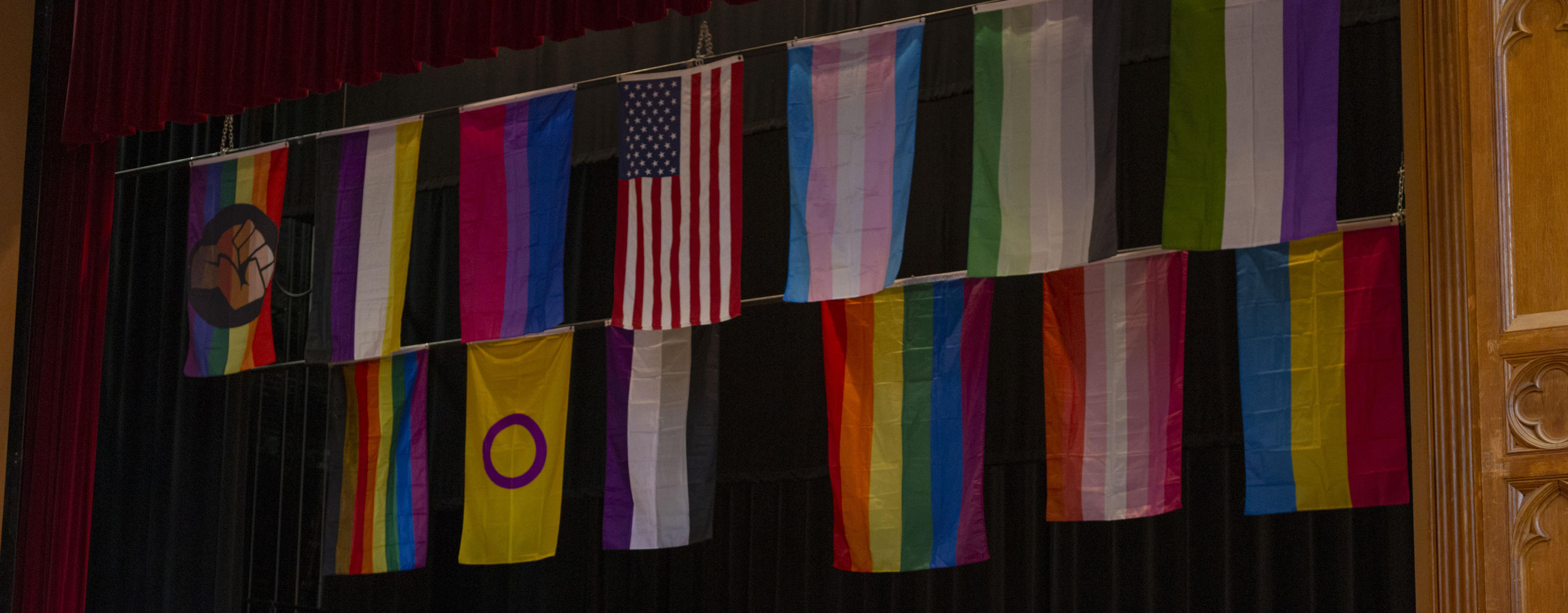Space is a valuable resource at WPI, and, despite the physical restraints of a small campus, there’s great value in students having physical places where they feel accepted and safe enough to be their authentic selves. Places where they can gather with others who may look like them, think like them, and even pray like them.
That’s a big reason the Office of Diversity, Inclusion, and Multicultural Education (ODIME) has worked so diligently with campus partners to create WPI’s first formal affinity spaces—physical areas set aside for traditionally underrepresented groups—in addition to renovating some existing student spaces.
“Having multiple identity centers highlighting the diversity of WPI sends a message to the larger campus community and beyond that the Institute sees these communities and values their presence on campus,” says Arnold Lane Jr., director of multicultural education and community engagement.
Fostering a Sense of Belonging
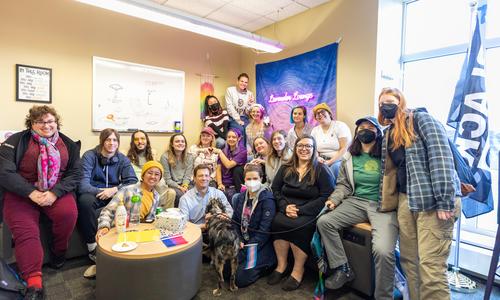
Students, faculty, and staff gather to celebrate the opening of the Lavender Lounge.
The Center for Black Excellence and the Lavender Lounge, two new affinity spaces that opened in November 2022, are located in the Rubin Campus Center.
“There already were spaces for students to hang out and connect, but before now our queer and trans students and our Black students didn’t have spaces dedicated to them, with resources for them,” says Mia-Kay Fuller, assistant director for gender equity and sexuality.
Multiple individuals and organizations on campus have long sought to improve the student experience for those from groups traditionally underrepresented at WPI—including Black, Indigenous, and People of Color (BIPOC) students and those in the lesbian, gay, bisexual, trans, queer, intersex, asexual, aromantic, agender, and pansexual (LGBTQIAP+) community. The Lead with Purpose strategic plan, however, formalized WPI’s commitment to fostering a greater sense of belonging among students. Housing the new affinity spaces in the Rubin Campus Center has been an intentional piece of that.

